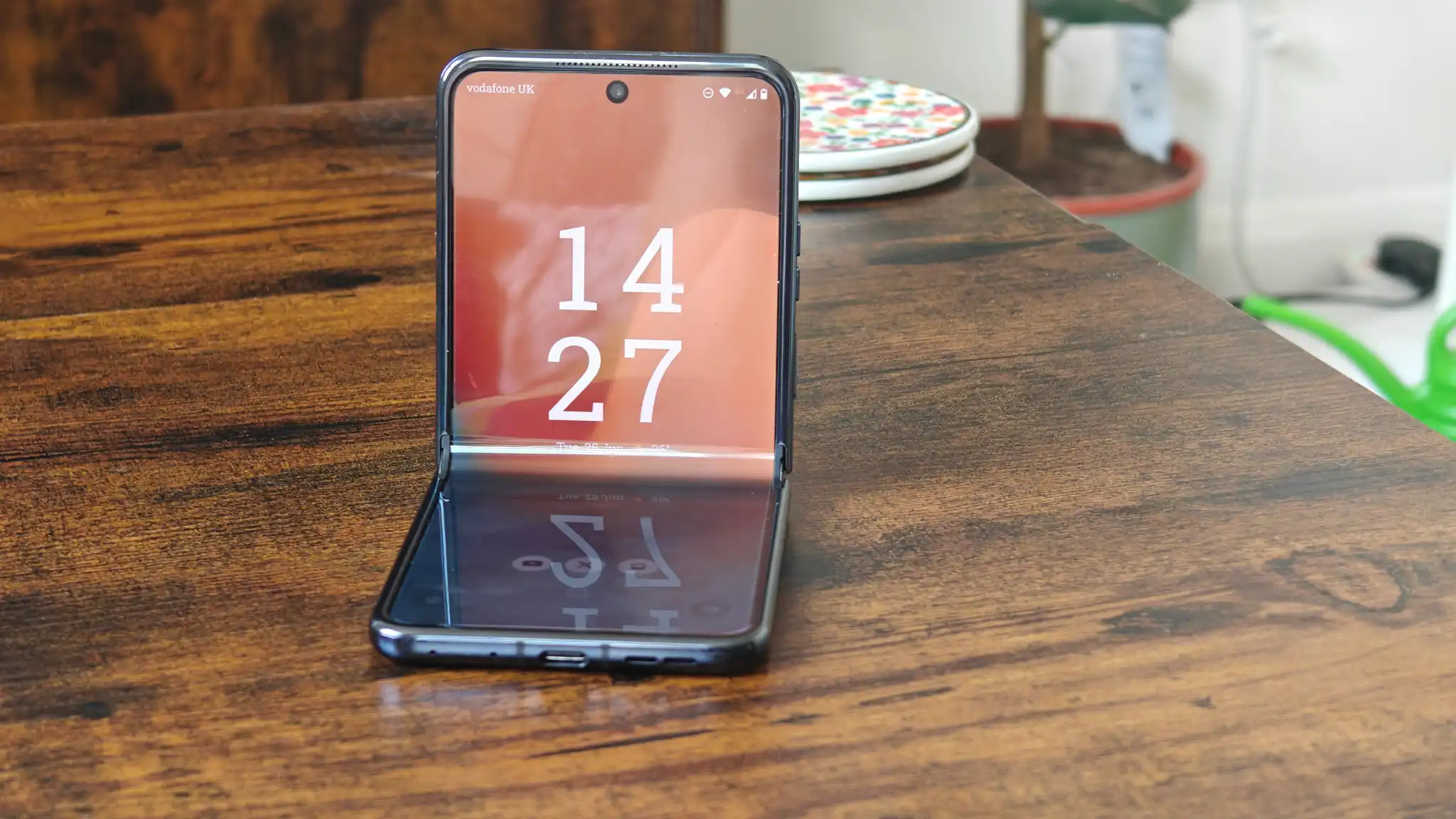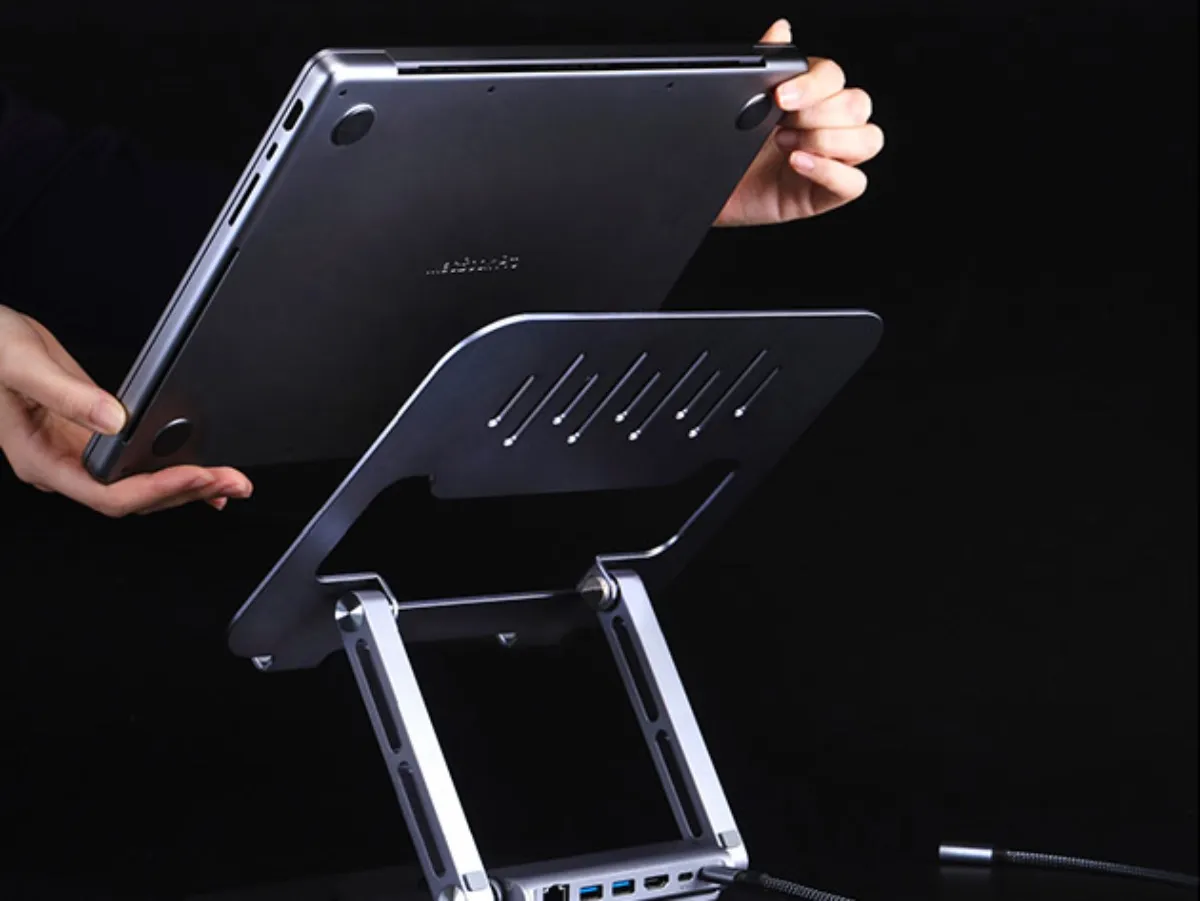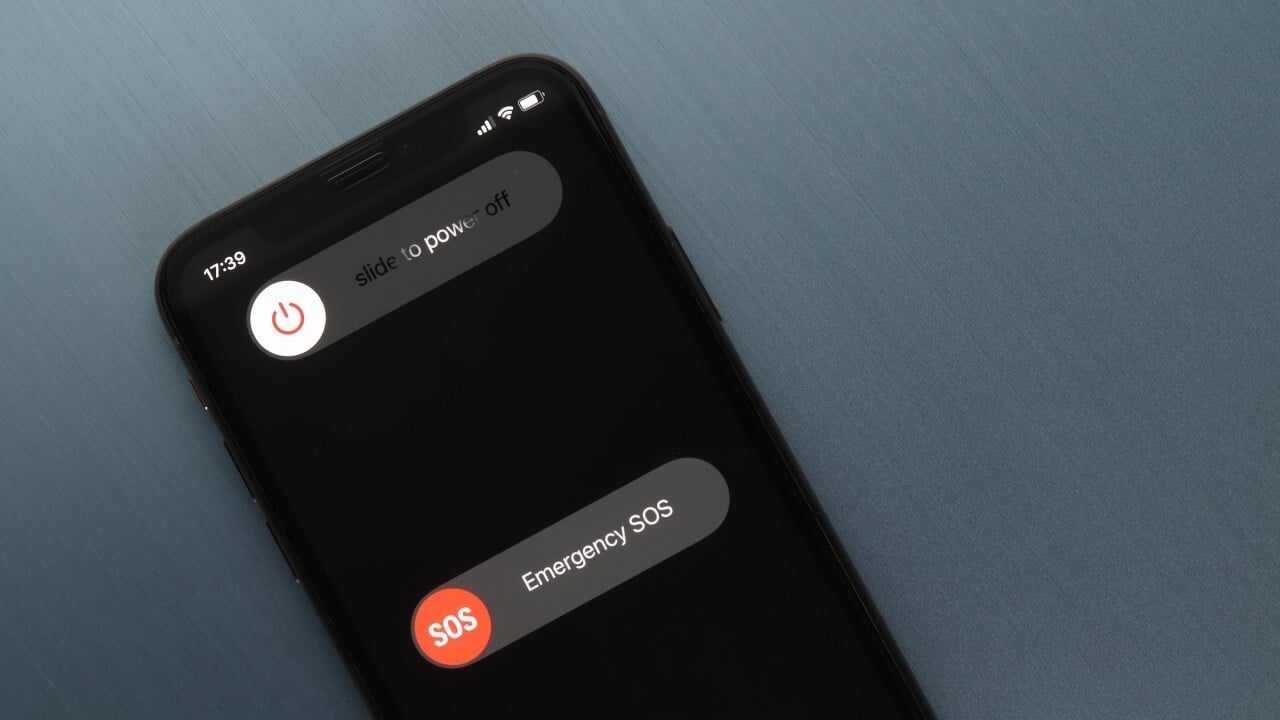The regular Razr 50 and 50 Ultra are now available
Motorola’s Razr was one of the iconic phones of the early 2000s, but its modern take on a classic flip phone has been a hit in recent years.
Of course, the key difference is that modern Razr handsets don’t have a physical number pad. As foldable phones, they combine a folding internal screen with a secondary cover display.
In 2023, Motorola released two versions for the first time: the Razr 40 (Razr (2023) in North America) and Razr 40 Ultra (Razr+ (2023) in North America).
A year later, the Lenovo-owned company is back with their successors, and there are some serious upgrades to talk about.
When will the Motorola Razr 50 be released?
Motorola officially announced the Razr 50 and Razr 50 Ultra at an event on 25 June 2024. As of July 2024, both phones are now available to buy in the UK.
Nothing has been revealed regarding US availability, though only the Ultra (rebranded as Razr+ (2023)) launched there last year.
As a reminder, here are the release dates of the previous models:
- Motorola Razr 40 Ultra – June 2023
- Motorola Razr 40 – June 2023
- Motorola Razr (2022) – October 2022 (in the UK), August 2022 (in China)
- Motorola Razr 5G – September 2020
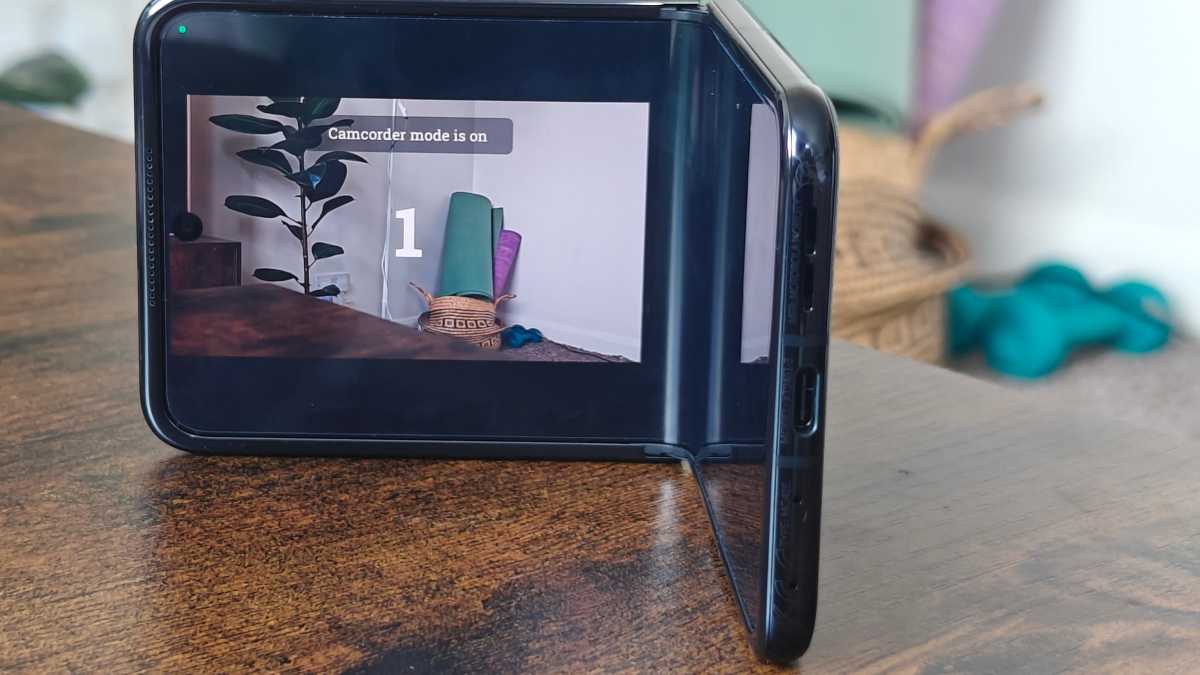
However, that is not all. Motorola is also reportedly working on a new addition to its Razr lineup, the Razr 50s, which has been spotted with HDR10+ certification (via MySmartPrice).
While no specific details or leaks about the device’s specs have emerged, the name suggests it could be an affordable variant of the Razr 50, potentially with downgraded features to reduce its price.
However, it’s not a model we’ve seen in the Razr family before and there’s also speculation it could turn out to be an upgraded version.
How much does the Motorola Razr 50 cost?
So far, we only have confirmed pricing in the UK.
The regular Razr 50 will start at £799, which is the exact same as the Razr 40 was at launch. It’ll also be available on contract via Carphone Warehouse and Vodafone, though details are yet to be confirmed.
Meanwhile, the Razr 50 Ultra will set you back £999, which is actually £50 cheaper than the Razr 40 Ultra. Giffgaff (from £37.06 per month), Vodafone (from £28 per month), Three (from £48 per month) and Carphone Warehouse/Currys (from £29.99 per month on iD Mobile) are all selling the phone on contract, with EE being added on 19 July.
For context, here are the launch prices of the previous models:
- Motorola Razr 40 Ultra – $999/£1,049/€1,199
- Motorola Razr 40 – £799 (not available in the US)
- Motorola Razr (2022) – £949 (not available in the US)
- Motorola Razr 5G – £1,399/$1,399
What specs and features does the Motorola Razr 50 have?
Both the Razr 50 and Razr 50 Ultra have now launched, meaning we know almost everything about them. Let’s start with the Ultra model.
Razr 50 Ultra
In its attempts to beat Samsung’s Galaxy Z Flip 6, the Razr 50 Ultra is an ambitious releases from Motorola. Compared to the Razr 40 Ultra, it’s an upgrade in several key areas.
Perhaps the most noticeable is the cover display, which has increased in size from 3.6 inches to 4 inches. That matches what Honor has included on its Magic V Flip, which remains exclusive to China at the time of writing.

Unlike the Galaxy Z Flip 5, there were already no restrictions on the apps you could use on this cover display. But it’s now even more functional, with direct integration with the Google Gemini AI app (free three-month trial of Gemini Advanced included), which can be accessed by pressing and holding the power button (which still doubles as a fingerprint sensor).
New dedicated Google Photos, Spotify and Bose panels have also been added to the cover screen, which now has a slightly higher 1272 x 1080 resolution. Inside, the 1272 x 1080 6.9-inch display is largely unchanged, with both still 165Hz AMOLED panels.
Another area that’s received significant upgrades are the cameras. The main lens has been upgraded from a 12Mp sensor to a 50Mp one, while the 13Mp ultrawide has been ditched in favour of a 50Mp 2x telephoto. For some people, the loss of the ultrawide will be a disappointment, but the quality of zoom shots should improve dramatically.
The cameras also benefit from a range of AI features that are built into Motorola’s version of Android 14. These include photo enhancements, better action shots and long exposure modes, alongside more general personalised summaries and reminder tools.
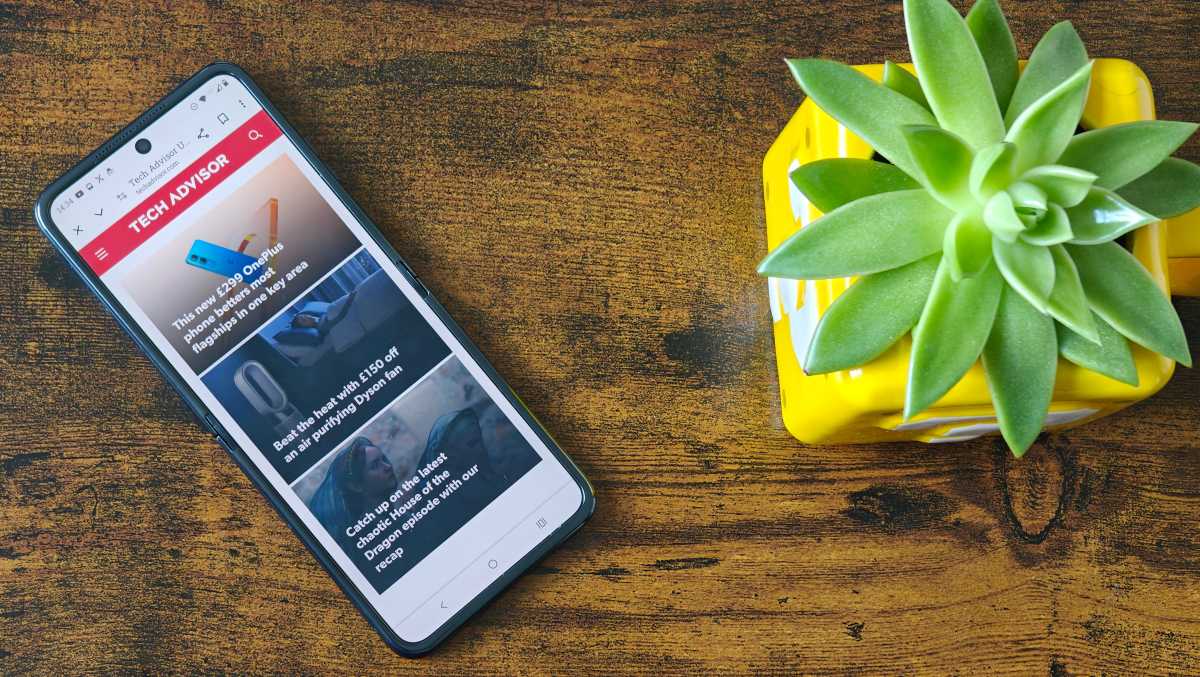
At the top of the internal screen, you get the same 32Mp lens as before, which also supports face unlock as a convenient (albeit less secure) alternative to the fingerprint sensor.
As with almost every new phone, the chipset has also been improved. The Razr 50 Ultra is equipped with a Snapdragon 8s Gen 3, which isn’t quite as powerful as Qualcomm’s flagship 8 Gen 3, but should be much better for both performance and power efficiency than the Snapdragon 8+ Gen 1 in the Razr 40 Ultra.
Power efficiency improvements will likely benefit battery life, as will an increase in total capacity from 3800mAh to 4000mAh. It also now supports faster 45W wired and 15W wireless charging, plus the option to wirelessly charge other Qi devices at 5W.
The core design is largely the same, meaning you still get the option for vegan leather finish on some models. And there are some vibrant colours to choose from: Midnight Blue, Forest Green, Hot Pink and Peach Fuzz.
You also get official water resistance for the first time, with an IPX8 rating ensuring it can survive in up to 1.5m of water for up to 30 minutes, though there’s no guarantee of dust protection.
Razr 50
While it has a lot in common with its more expensive sibling, there are a few key hardware differences on the more affordable regular Razr 50.
Displays are perhaps the most significant, with a smaller 3.6-inch cover screen that also has a lower 1056 x 1066 resolution and drops to a 90Hz refresh rate. The internal 6.9-inch panel is still a 1080 x 2640 AMOLED screen, but with a 120Hz refresh rate rather than 165Hz.

The Razr 50 also steps down to a less capable MediaTek Dimensity 7300X chipset, though everyday performance should still be strong. Alongside tweaks to the 50Mp main lens, you do still get a 13Mp ultrawide here, albeit with no telephoto lens to support it.
Interestingly, the Razr 50 has a slightly larger battery capacity than the Ultra at 4200mAh, but that doesn’t necessarily mean battery life will be better. Wired charging is slower at 45W, while the 15W wireless charging isn’t joined by any reverse wireless charging.
However, aside from a few differences in available colours, those are the only downgrades compared to the Razr 50 Ultra. Overall, it’s a significant upgrade compared to the Razr 40.
Will the Razr 50 and 50 Ultra be good enough to be considered among the best foldable phones you can buy? Only time will tell, but based on early impressions, it’s the phone Entertainment Editor Hannah Cowton dreamt of as a kid.

